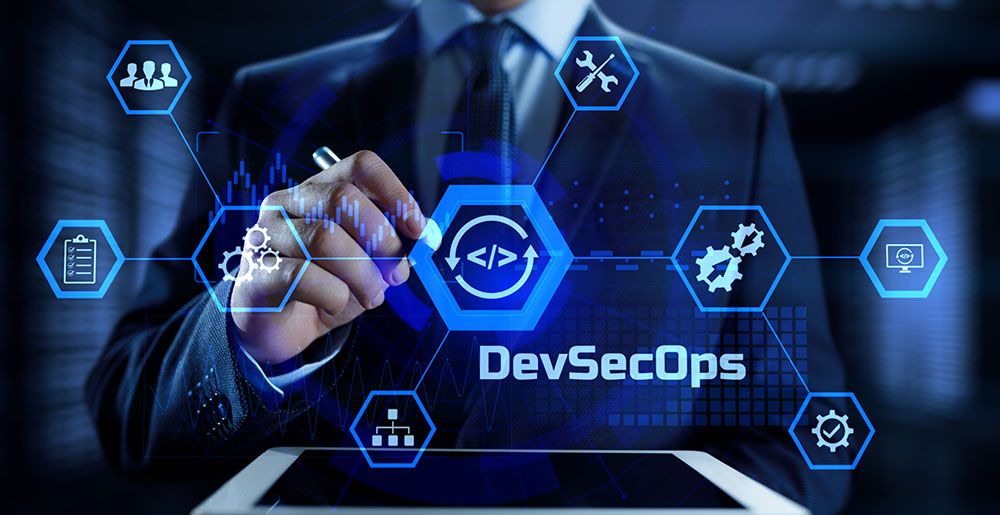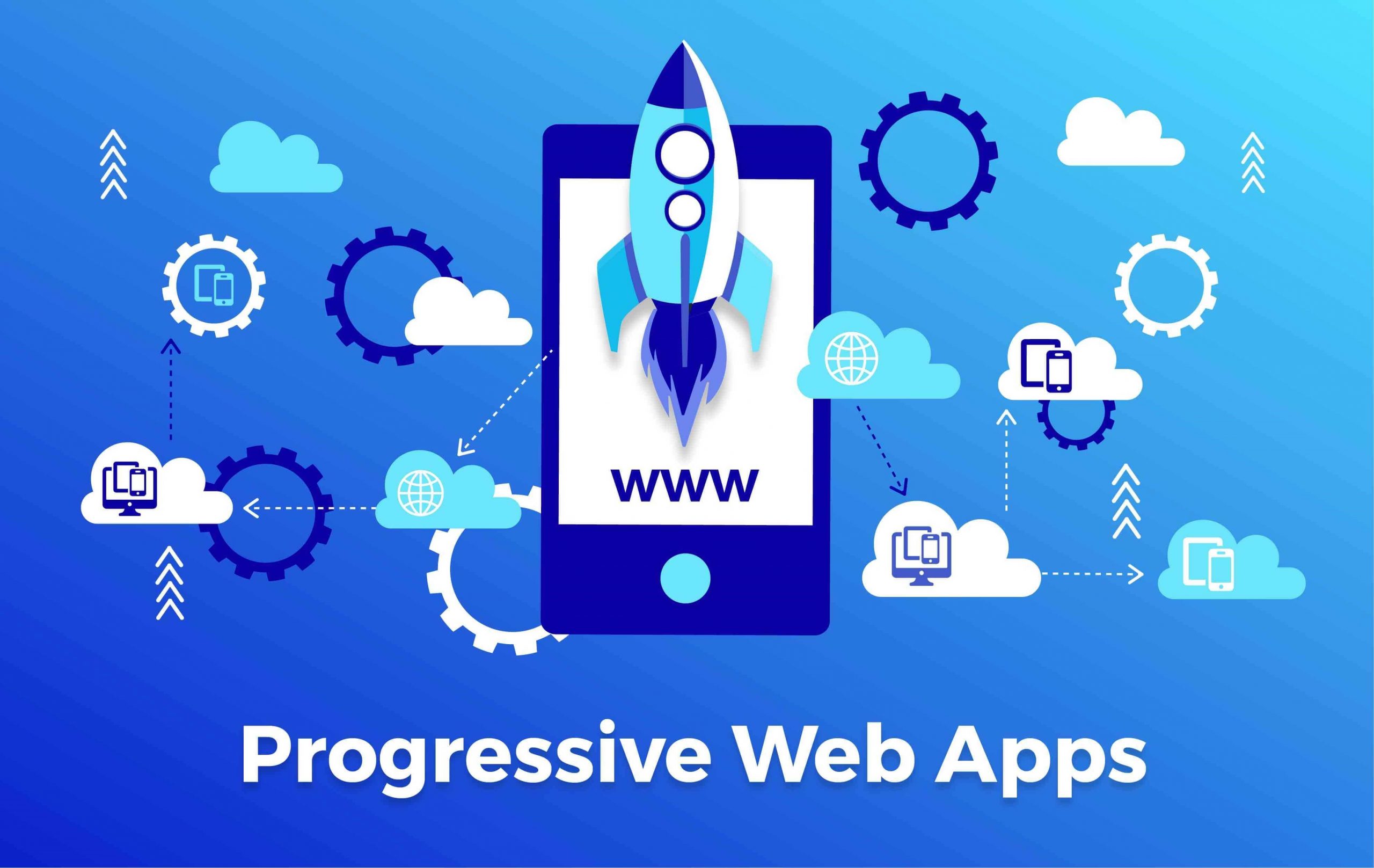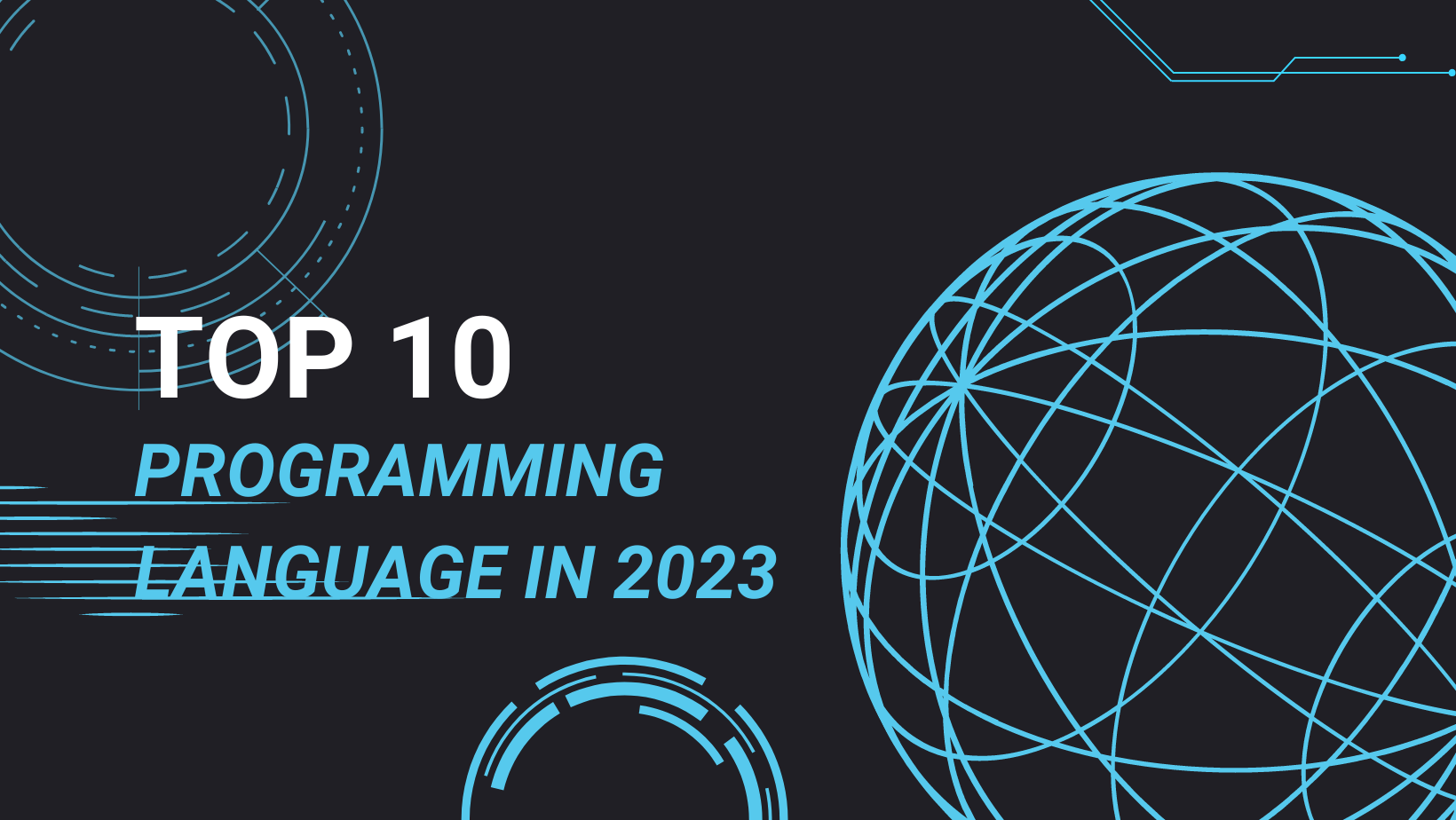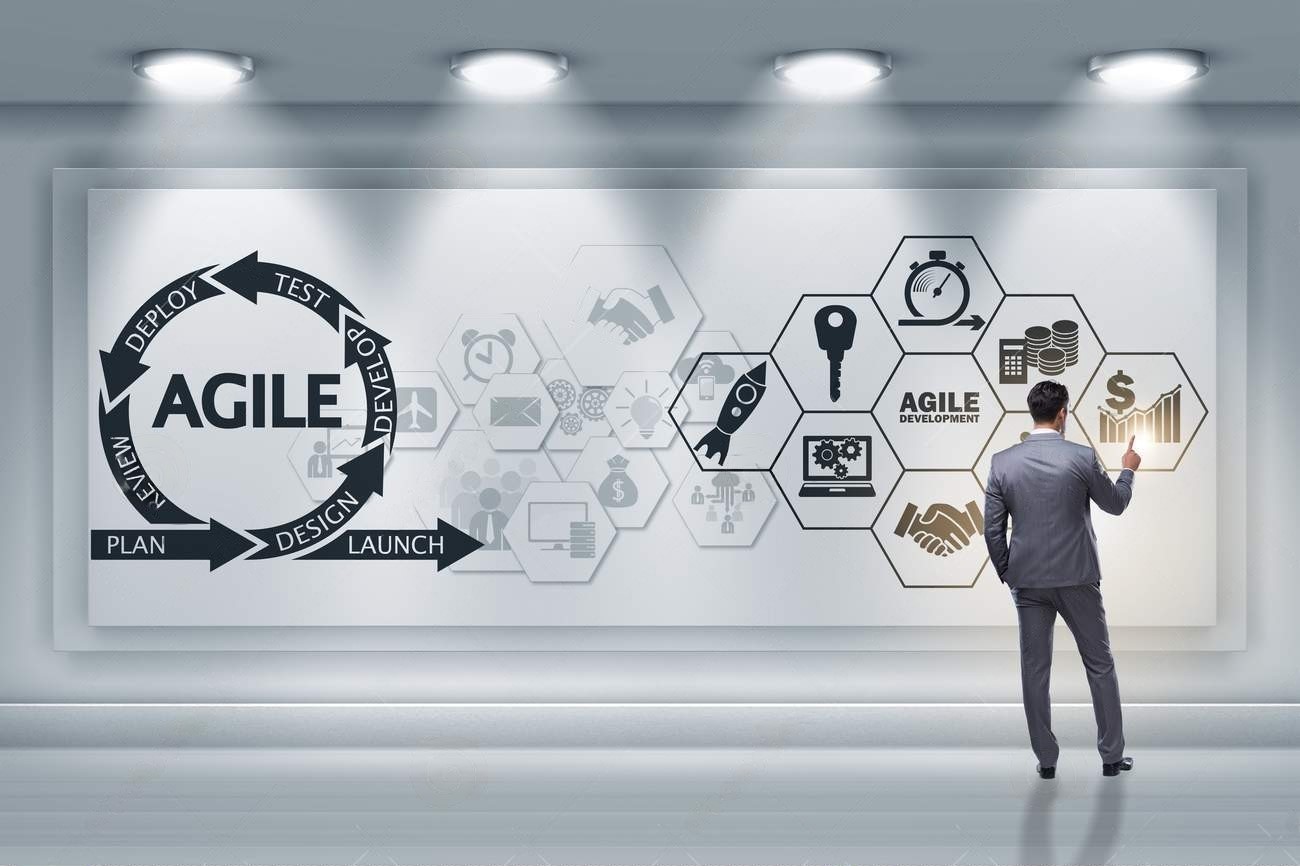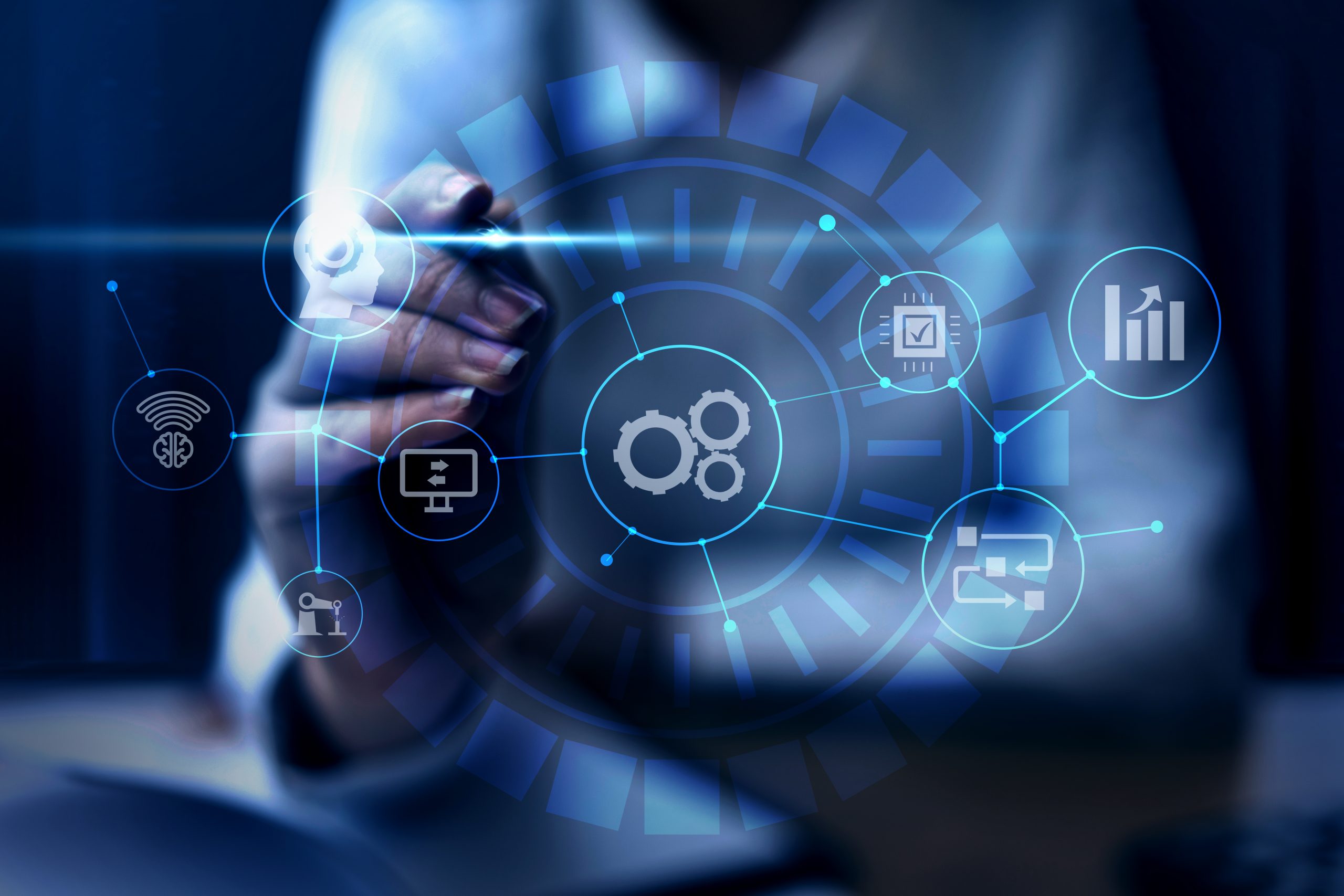Unleashing the Power of Software Modernization: Pros and Cons

In today’s fast-paced digital landscape, staying ahead of the curve is crucial for businesses to remain competitive. Software modernization is a strategic approach that empowers organizations to transform their existing software systems, leveraging the latest technologies and meeting evolving business needs. This blog explores the process of software modernization, its potential benefits, and the challenges organizations may face along the way.
Understanding Software Modernization:
Software modernization refers to the comprehensive process of updating, upgrading, or transforming existing software systems to enhance their functionality, performance, and efficiency. It involves revaluating the architecture, infrastructure, and codebase to align them with current industry standards and requirements. Let’s dive into the process of software modernization and the steps involved.
In-Depth Exploration of Software Modernization and Its Benefits:
- Real-World Examples: To further illustrate the concept of software modernization, you can provide real-world examples of companies or industries that have successfully undergone modernization initiatives. Highlight the specific challenges they faced, the benefits they achieved, and how the modernized software positively impacted their business operations.
- Key Technologies for Modernization: Discuss the technologies that play a significant role in software modernization. For example, cloud computing, microservices architecture, containerization (e.g., Docker), DevOps practices, and automation tools are commonly used in modernization efforts. Explain how these technologies enable organizations to achieve greater agility, scalability, and efficiency.
- Legacy System Integration: In many cases, software modernization involves integrating the modernized system with existing legacy systems. Address the challenges and considerations when integrating the new software with older technologies, databases, or platforms. Discuss the strategies for ensuring smooth data transfer, compatibility, and interoperability between the modernized system and legacy components.
- Risk Mitigation and Change Management: Software modernization projects carry inherent risks, such as data loss, system downtime, and disruption to business operations. Explain the importance of risk assessment, mitigation strategies, and comprehensive change management practices to minimize potential negative impacts. Discuss the significance of thorough testing, gradual deployment, and providing training and support to users during the transition.
- ROI and Business Value: Emphasize the long-term benefits and return on investment (ROI) associated with software modernization. Discuss how modernized software can drive revenue growth, increase customer satisfaction, and improve operational efficiency. Highlight success stories of organizations that achieved significant business value through their modernization initiatives.
- Future-proofing and Continuous Improvement: Software modernization is not a one-time effort. Emphasize the importance of future-proofing and continuous improvement in software systems. Encourage organizations to adopt agile development practices, embrace emerging technologies, and regularly evaluate their software infrastructure to ensure it remains up-to-date and aligned with changing business needs.
- Expert Insights and Best Practices: Include quotes or insights from industry experts or practitioners who have experience with software modernization. These insights can provide valuable perspectives, tips, and best practices for organizations embarking on their own modernization journeys.
- Case Studies: Include case studies or success stories that showcase the transformative impact of software modernization. Highlight how organizations overcame challenges, the specific modernization strategies they employed, and the outcomes they achieved.
The Process of Software Modernization:
- Assessment: The first step is to evaluate the existing software system, identifying its strengths, weaknesses, and areas for improvement. This assessment helps in determining the scope and priorities of the modernization effort.
- Planning: Developing a well-defined modernization strategy is essential. This includes defining goals, establishing a roadmap, and outlining the resources required for successful implementation.
- Migration: This step involves transitioning the software from its current state to a modernized version. It may require reengineering, refactoring, or rewriting parts of the codebase to align with new architectural paradigms and technologies.
- Integration: Integrating the modernized software with other systems, databases, or platforms is crucial for seamless operation and data exchange. This step ensures that the modernized software can work cohesively within the existing ecosystem.
- Testing and Quality Assurance: Rigorous testing is essential to validate the functionality, performance, and security of the modernized software. Thorough quality assurance measures help identify and resolve any issues before deployment.
- Deployment: Rolling out the modernized software to production environments requires careful planning and execution. It involves transitioning from the old system to the new one while minimizing disruption to users and ensuring data integrity.
Pros of Software Modernization:
- Enhanced Functionality: Modernization introduces new features and capabilities, enhancing the overall functionality and user experience of the software.
- Improved Performance: By leveraging modern technologies and optimized code, software modernization can significantly improve performance, speed, and scalability.
- Increased Security: Outdated software systems often have vulnerabilities that can be exploited by cyber threats. Modernization enhances security measures, addresses vulnerabilities, and ensures compliance with industry regulations.
- Cost Savings: Modernizing software can lead to long-term cost savings by reducing maintenance and support expenses associated with outdated systems. It also enables the use of more cost-effective infrastructure and technologies.
- Competitive Advantage: Modernized software systems give organizations a competitive edge by enabling them to adapt quickly to changing market conditions, respond to customer needs effectively, and stay ahead of competitors.
Cons of Software Modernization:
- Complexity and Risk: The modernization process can be complex, especially for large and legacy systems. It involves technical challenges, potential data loss, compatibility issues, and disruptions to business operations.
- Time and Resources: Software modernization requires significant time, effort, and resources. Extensive code changes, retraining of personnel, and integration with other systems can impact project timelines and budgets.
- User Resistance: Users accustomed to the existing software may resist the changes introduced during modernization. Adequate training, support, and change management strategies are necessary to overcome user resistance.
- Legacy Constraints: Legacy software may have architectural or design limitations that complicate the modernization process. Dealing with outdated or poorly documented code can increase complexity and costs.
- Compatibility Issues: Integrating modernized software with existing systems or third-party applications can introduce compatibility challenges. Ensuring seamless integration
How 4C Consulting Technology Division helps you with IT Automation?
Our process outsourcing solutions employ strategic approaches to handle your software development and automation needs by using cutting-edge technology. We offer our clients the flexibility to keep up with the changing dynamics of the digital world. If you are looking for an IT partner for digital transformation and enterprise modernisation, 4C is an ideal partner for you. Connect Now


